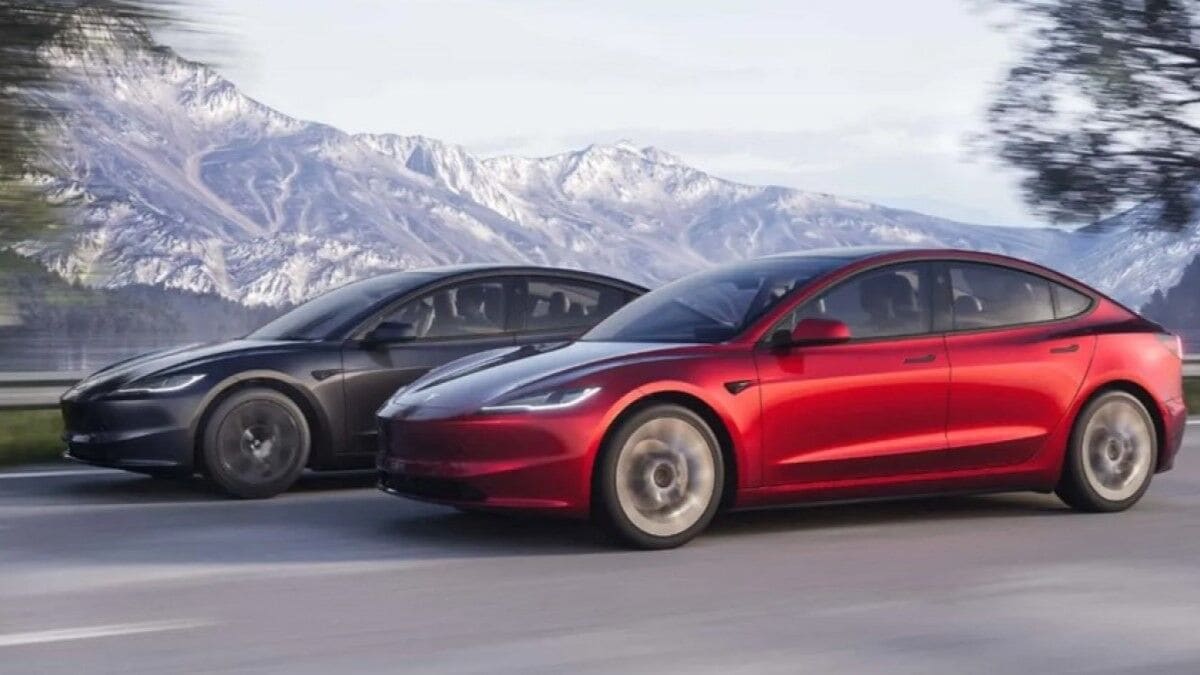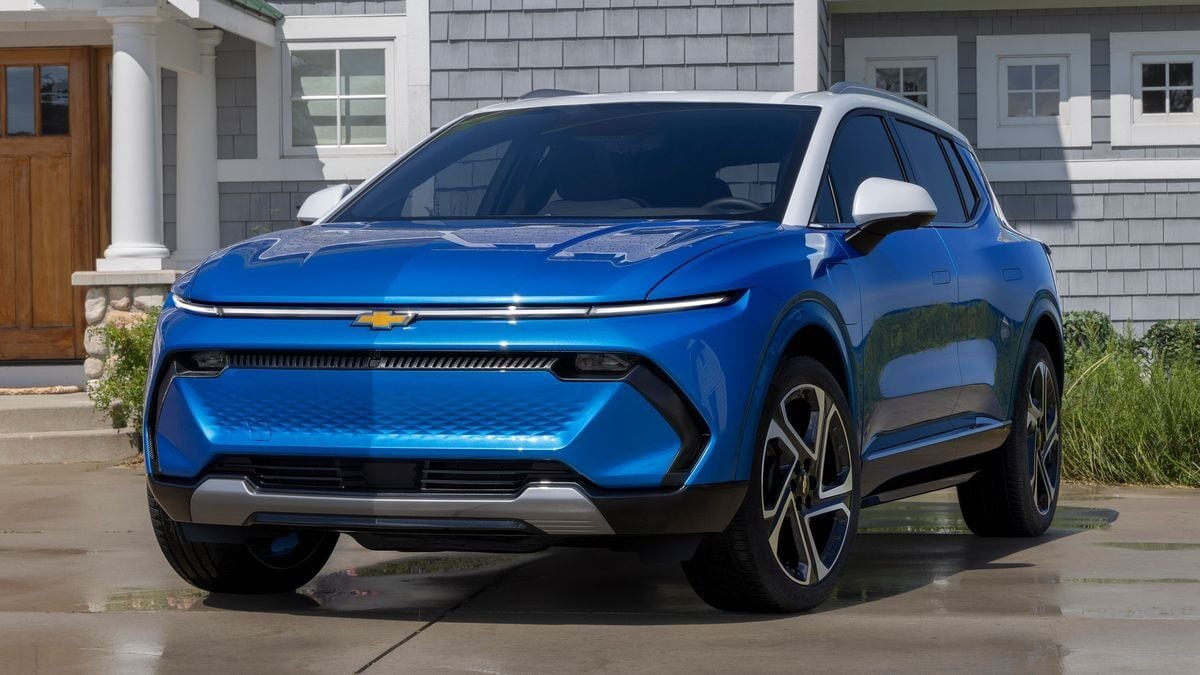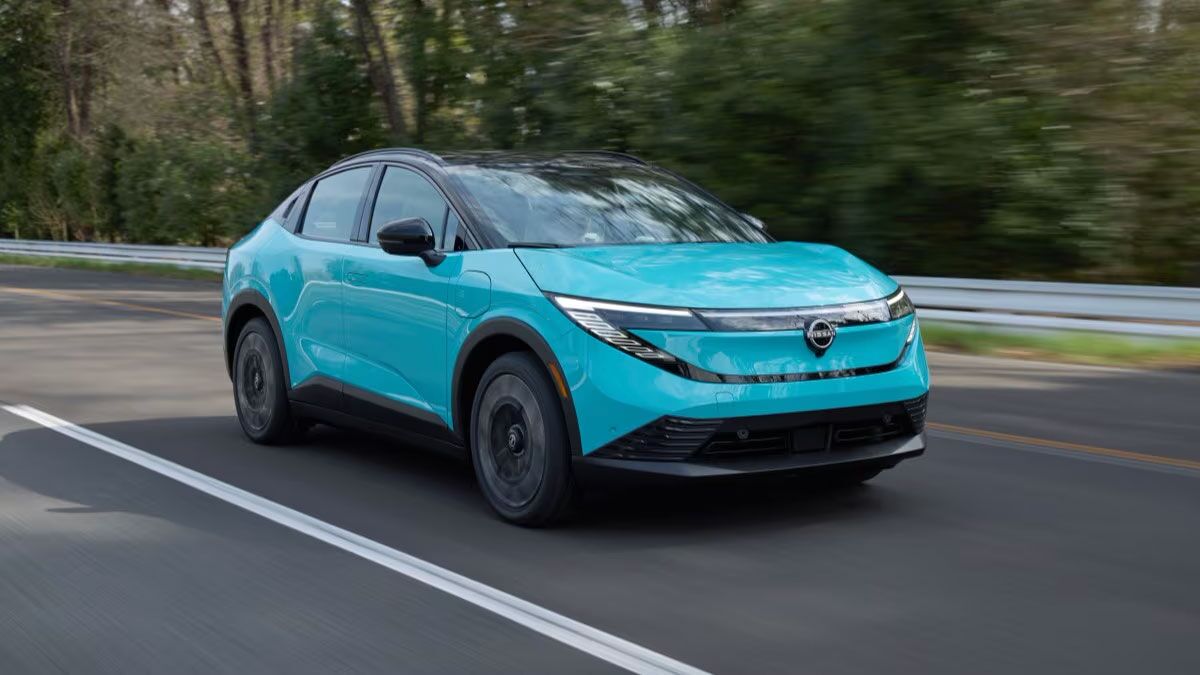- Several studies have shown motion sickness is more common in EVs than gas-powered cars
- New research may explain why – a lack of sensory cues we’re used to
Electric vehicles (EVs) are smooth. They lack the rumble and shake of gasoline-powered cars.
They’re also more likely to create motion sickness in some passengers than gas-powered cars. That seemed like a contradiction – when someone in the car feels a little sick, don’t we all try to drive smoothly to help them?
However, a researcher now suggests that the very smoothness of the EV experience is the problem. Our brains may be accustomed to using a gas-powered car’s noise and rocking motions to understand motion. Without them, we can get disoriented.
EVs Make Automotive Engineering Easier
- The nature of EVs makes them very smooth and balanced
Gasoline engines build torque over time. With the right tools, designers can reduce that time to just a few seconds. But an engine is inherently more powerful at two seconds after you press the accelerator than it was at one second. This is the “torque curve” automotive magazines have written about for decades.
Electric motors produce 100% of their torque instantly. No curve.
The instant torque of electric motors unlocks levels of acceleration never achieved with internal combustion. There are now a handful of luxury EVs that boast exotic-car-like zero-to-60 mph times under three seconds but comfortably carry a family of five.
EVs are also startlingly well-balanced.
An internal combustion-powered car requires a heavy engine mounted either in front of or behind the passenger cabin. That’s the heart of the challenge that suspension engineers face – they have to tune springs and struts to make something feel balanced when its weight is uneven.
An EVs weight is mostly in its battery, which is usually flat and nearly as wide and long as the car. It’s hard not to keep them balanced.
That Might Not Always Be a Good Thing
- Our brains are used to the roughness, and it may help prevent motion sickness
William Emond, a Ph.D. student researching car sickness at the Université de Technologie de Belfort-Montbéliard in France, tells the U.K.’s Guardian that the sounds and the leaning of a gas-powered car help the brain process how fast we’re moving.
“If we are accustomed to traveling in non-EVs, we are used to understanding the car’s motion based on signals such as engine revs, engine vibrations, torque, etc. Yet, traveling in an EV for the first time is a new motion environment for the brain, which needs adaptation,” he says.
“When the motion forces as estimated or anticipated by the brain differ from what actually is experienced, then the brain interprets this ‘neural mismatch’ as a situation of conflict,” Emond explains. That’s the trigger for motion sickness.
More Cues, or More Time, Could Be the Cure
- Automakers could counteract some of this through sound
- It might also fade as we spend more time in EVs
“Several research papers have suggested that motion sickness in autonomous EVs could be treated by using visual signals, such as interactive screens and ambient lighting, or vibrational cues to allow a passenger’s brain to anticipate motion changes,” the Guardian notes.
Apple recently released a feature for its iPhone based around the same idea. It uses dots on a phone screen that respond to a car’s movement to give the brain another sensory cue.
Automakers could also help with more car-like noises in their quiet cars. Designers have leaned into making EVs quiet in the early days of EV design. But some now offer menus full of noise options. The Hyundai Ioniq 5 N can playfully mimic an engine’s roar. The BMW i5 has sound settings ranging from sci-fi wooshes to something almost like chords from an organ.
Emond also says, however, that simple exposure may help.
“When discovering a new motion environment, the brain needs to habituate because there is no knowledge of previous experience in such a context,” he says. More experience in EVs may be all the brain needs to get acclimated.








